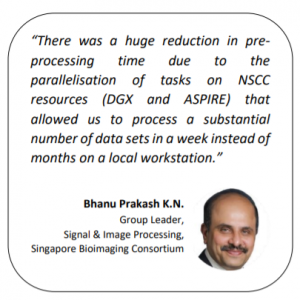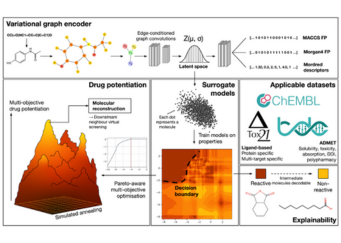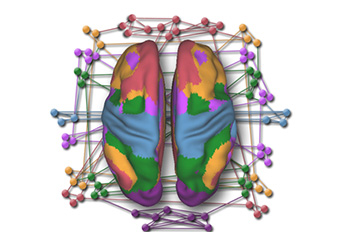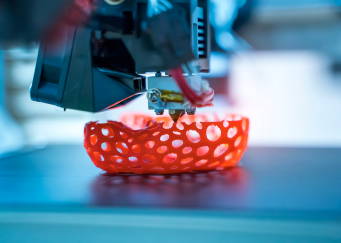Researchers from A*STAR leverage NSCC’s supercomputer to stratify illness and subtypes in psychiatric disorders in order to facilitate better diagnosis and monitoring.
Mental health is an integral and essential part of health. The World Health Organisation constitution states that “Health is a state of complete physical, mental and social well-being and not merely the absence of disease or infirmity.” Institute of Mental Health of Singapore asserts that “There is no health without mental health” to illustrate the importance of mental health and the lifetime prevalence of mental illness in the Singapore, where 12% of the resident population, or 1 in 8, are affected by one type of mental disorder or another (Singapore Mental Health Study 2010).
Schizophrenia, one of the more serious mental disorders, in which people interpret reality abnormally, is a broadly defined disorder with patients suffering from a range of clinical symptoms. Psychiatric disorders like Schizophrenia, Bipolar disorder, Major Depressive disorder are a multifaceted set of disorders with overlapping symptoms, long duration of illness preceded by long prodromal phase, exerting immense emotional burden on individuals and caretakers.
Current clinical diagnosis is based on subjective patient examination due to a lack of quantitative biomarkers for differential diagnosis, and stratification of illness course or patient response. Identifying neuroimagingbased biomarkers underlying these psychiatric conditions can complement extant measures and aid in understanding these disorders better. Recent advances in magnetic resonance imaging (MRI) have opened the doors to better visualisation of the detailed structural, functional, and biochemical changes in the brain of individuals with schizophrenia to allow comparison with the brain of healthy subjects.

Advances in machine learning have enabled investigation in this direction. A team of researchers at A*STAR’s Laboratory of Molecular Imaging are tapping onto NSCC’s supercomputing resources to stratify illness and subtypes in psychiatric disorders using diverse multi-modal data (structural, functional, diffusion and psychometric scores) to derive quantitative imaging biomarkers that facilitate better diagnosis and monitoring of illness and subtypes.
The team has built neuroimage processing dockers/singularity images and are now able to work with large datasets requiring huge computational memory at
higher throughput. Using machine learning models and neuroimaging data, they are able to accurately stratify the healthy controls, Schizophrenic patients, and bipolar disorder subjects. Work is in progress to understand the correlation and causation with known Psychometric scores.
To find out more about the NSCC’s HPC resources and how you can tap on them, please contact [email protected].
NSCC NewsBytes March 2021
Other Case Studies
Advancing Drug Discovery Research using NSCC HPC resources
Researchers from Nanyang Technological University (NTU) are applying variational graph encoders as an effective generalist algorithm in computer-aided drug design (CADD)....
Gaining Deeper Insights into Mental Disorders through Brain Imaging and High-Performance Computing
Researchers from NUS are leveraging supercomputing to develop better strategies for prevention and treatment to mitigate the impact of mental illness. The human brain is a marvel...
Using Digital Twin Technology to Optimise the Industrial 3D Printing Process
Researchers from the Institute of High-Performance Computing (IHPC) are utilizing supercomputers to create a digital twin that furnishes users with comprehensive information...


